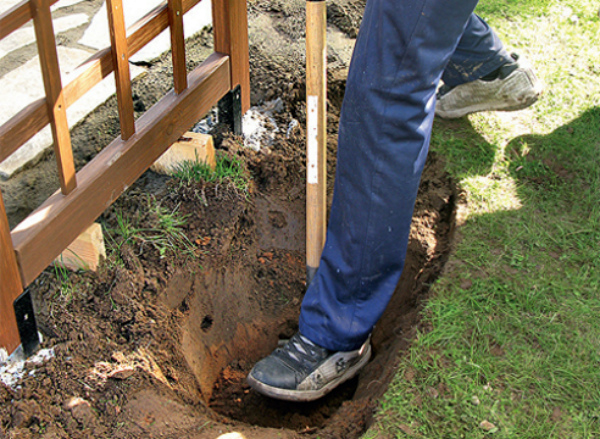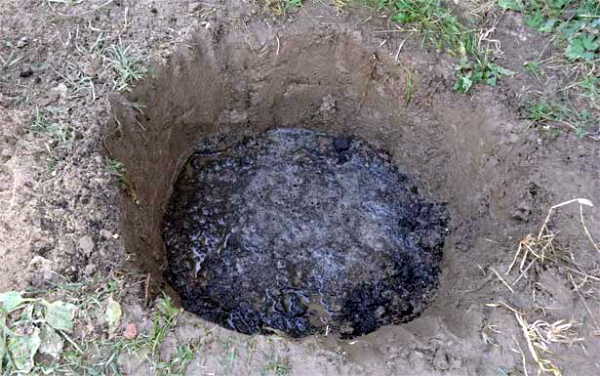Instructions for transplanting gooseberries in the fall to a new place
Content
Why transplant
Often, a transplant is needed exclusively for decorative purposes, for example, if you have come up with a spectacular flower bed, and it just fits the place that the gooseberry takes. Sometimes it happens that even if all the rules of planting and care are followed, the gooseberry does not want to bring a crop to any, it only takes up space. In this case, transplanting to a new place is exactly what can give a second life to a bush.
The plant tolerates this procedure well, especially if it is done correctly in the fall, when vegetative processes slow down.
Best time to transplant
There are two opinions about when to transplant gooseberry bushes - in spring or autumn. In fact, both options are good, but in the case of transplanting in the spring, you need to be near the bushes and watch out for watering. In addition, the procedure must be carried out before the first kidneys appear.
From the point of view of labor costs and less harm to the plant, autumn is the best time for transplanting. After the last leaves fall from the bush, all vegetative processes slow down in order to easily survive the winter. It is best to start preparatory work at the end of September, maximum - mid-October. It is at this time that the root system is most prepared for transplantation, since the growth processes stop.
It is advisable to move the gooseberry on a cloudy day so that the plant does not lose a lot of moisture.
Choosing a place and preparing the ground
Choosing the right place for planting gooseberries is often the key to successful growth and fruiting of the plant. The bushes grow well in sunny, sheltered areas with good soil drainage. If the water stagnates next to the holes, then the dampness that occurs naturally contributes to the development of fungal microflora and frequent diseases of the bush.
A site with light, loamy soil is suitable, it is possible to dilute the suspended soil with clay. It is imperative to deoxidize the soil, for this you need to add dolomite flour or lime on the eve of planting.
It is advisable that currants or raspberries do not grow in the chosen place before, since they deplete the soil during growth. In addition, the observance of crop rotation will save the plant, weakened by “moving”, from diseases common to these crops.
Immediately before transplanting, it is necessary to carefully dig up the area, and also remove all weeds.
Transplant technology
The first step is to properly prepare the gooseberry for transplantation. Prune old branches to prevent the bush from wasting resources on them. Only young shoots should remain. It is advisable to shorten them by a third, so that the plant can more easily transfer the transplant.
Once the bush is ready, measure 30 centimeters in all directions and dig in the ground to expose the roots of the bush. Found thick roots must be chopped, try to leave small roots intact. After that, you need to pull out the bush and transfer it to film, trying not to break the roots anymore. You can remove it from the ground using a shovel, pitchfork or crowbar.
In a new habitat, it is necessary to dig a hole in width the same as the span of the roots of the bush, in depth it should be at least 50 centimeters. Pour 4 buckets of water into the pit, then pour a layer of fertile soil with compost (it is better not to add other fertilizers so as not to damage the root system). The bush should be placed in the center of the hole, carefully covered with earth and tamped down so that it remains stable. Then you need to water the soil again, with at least 3 buckets of water, and mulch with peat or dry soil.
Transplanting is only half the battle. For the plant to take root, it is important to provide it with good care.
Before the first frost, you need to water the bush every few days, removing the layer of mulch, and then returning it to its place. As a preparation for winter, you can cover the trunk circle with sawdust.
Video "Autumn gooseberry transplant"
This video will show you how to properly transplant a gooseberry in the fall.



